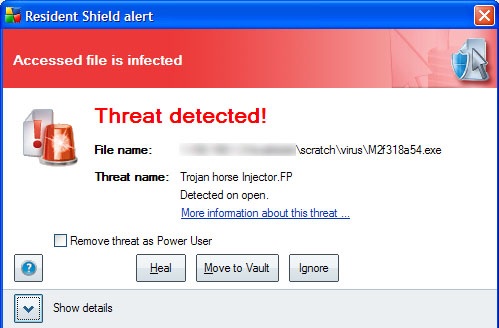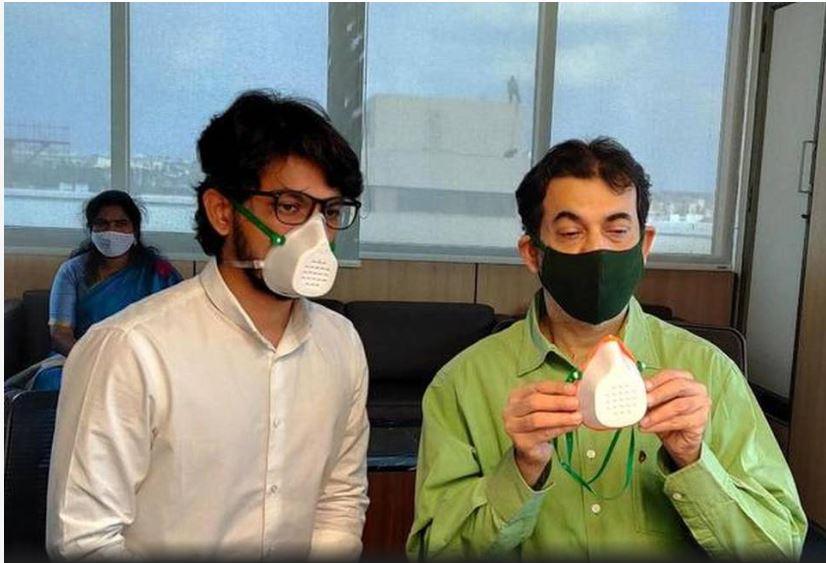Updated By: LatestGKGS Desk
Computer Viruses (Malware): Resident, Multipartite, Direct Action and Overwrite Virus

Computer Viruses (Malware): Resident, Multipartite, Direct Action and Overwrite Viruses, purpose and effect and their types
1. Resident Viruses
This type of virus is a permanent which dwells in the RAM memory. From there it can overcome and interrupt all of the operations executed by the system: corrupting files and programs that are opened, closed, copied, renamed etc.
Examples include: Randex, CMJ, Meve, and MrKlunky.
2. Multipartite Viruses
Multipartite viruses are distributed through infected media and usually hide in the memory. Gradually, the virus moves to the boot sector of the hard drive and infects executable files on the hard drive and later across the computer system.
3. Direct Action Viruses
The main purpose of this virus is to replicate and take action when it is executed. When a specific condition is met, the virus will go into action and infect files in the directory or folder that it is in and in directories that are specified in the AUTOEXEC.BAT file PATH. This batch file is always located in the root directory of the hard disk and carries out certain operations when the computer is booted.
4. Overwrite Viruses
Virus of this kind is characterized by the fact that it deletes the information contained in the files that it infects, rendering them partially or totally useless once they have been infected.
Examples of this virus include: Way, Trj.Reboot, Trivial.88.D.


